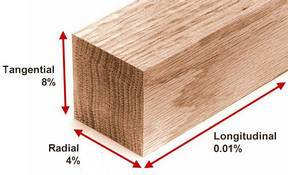All,
Newb to hand planes here..
I have the opportunity to purchase a 1920's plane that has a small crack on the sole. I want to purchase planes to collect and also to use. Is this a usable plane?
Crack is on the right side of the iron.
Thanks for the input!
Bailey_#36.jpg




 Reply With Quote
Reply With Quote







